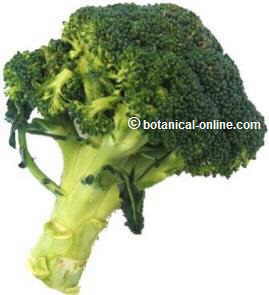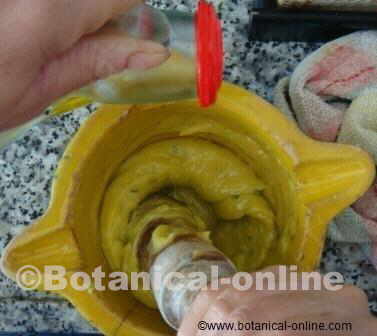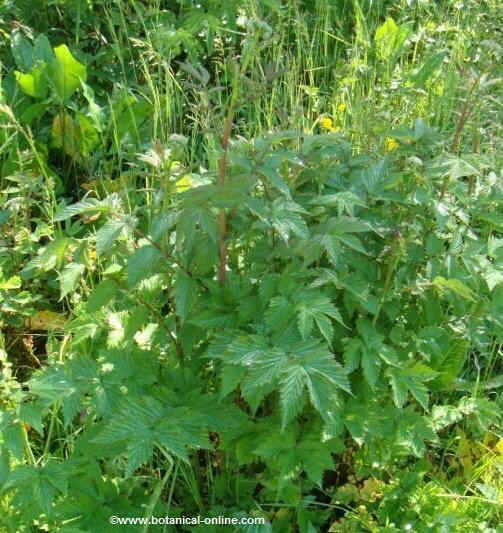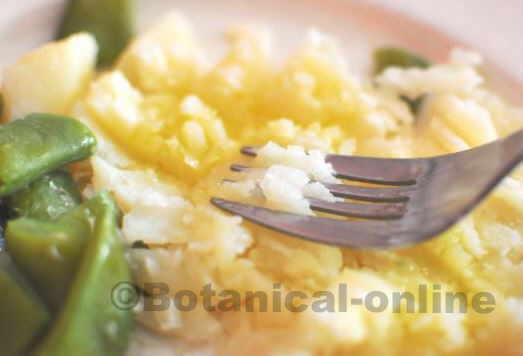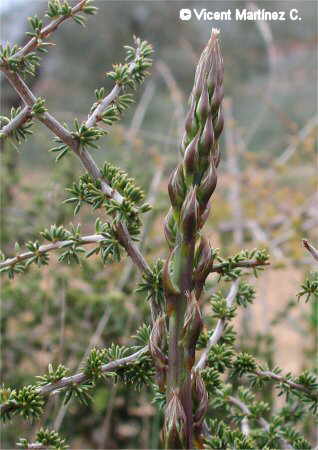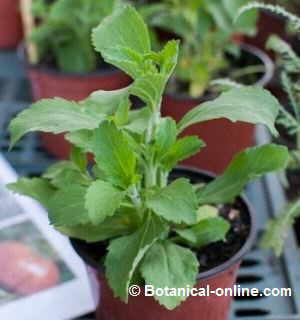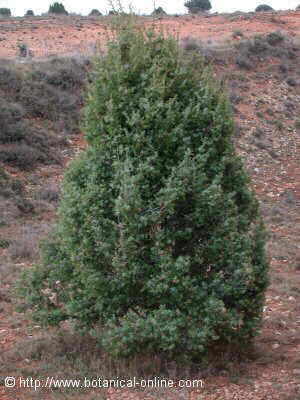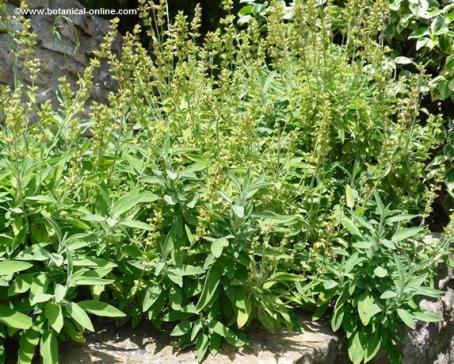Contents
- 1 Conditions in which the seeds should be preserved
- 1.1 Importance of good seed conservation
- 1.2 At what temperature should the seeds be stored?
- 1.3 How to prevent seeds from having fungi or microorganisms?
- 1.4 In what type of container should the seeds be stored?
- 1.5 Importance of humidity and temperature in seed conservation
- 1.6 How to know the degree of humidity? Solutions to change humidity and temperature
- 1.7 Importance of dehumidifiers or humidifiers in seed conservation
Conditions in which the seeds should be preserved
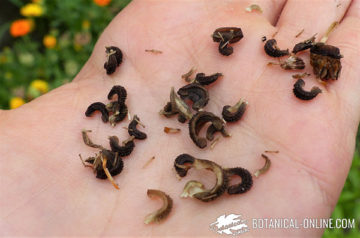
Importance of good seed conservation
The seeds must be fresh, which implies that they must not have exceeded the usual germination period.
When we buy seeds, we must look in the container when the guaranteed date ends to be planted.
Many seeds can germinate a long time after this expiration date, however, to ensure an ideal germination should not be stored longer than that advised by the seller.
The germinative power of the seeds depends a lot on the state in which they are before sowing. In case of producing our own seeds, we should consult these data beforehand.
The seeds should be stored in a suitable place that guarantees their latency period. The latency period is the time in which the seed remains dehydrated.
An adequate latency period is necessary so that the seed can be rehydrated and can begin the germination process.
At what temperature should the seeds be stored?
In general, the temperature where all the seeds are stored should be fresh, the environment dry and with the least possible light. An elevated temperature and the presence of a certain degree of humidity higher than adequate to maintain its latency period can trigger germination at the right time or in the wrong place.
How to prevent seeds from having fungi or microorganisms?
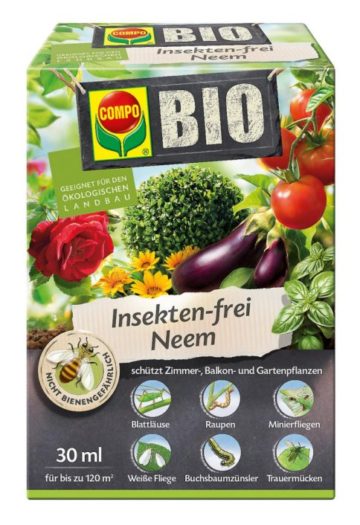
It is important that the seeds are free of fungi or microorganisms. To do this, in large plantations, when the seeds are stored, they are treated with insecticides or fungicides.
In case of biological crops, natural insecticides can be used. Some of them can be made at home, using medicinal herbs with properties to repel or eliminate insects.
Other times you can use industrial products based on components derived directly from plants. Although they are not completely harmless, their toxicity is much lower. Among all of them, the one that is most used is Bioneem, an insecticide – nematicide that contains Azadiractin, a product obtained from the nim or lilac of India (Melia azadirachta). This product acts on the metabolism of insects which prevents them from growing and reproducing. At the moment it is considered one of the safest insecticides.
In what type of container should the seeds be stored?
The container where the seeds should be stored should be adequate to ensure that they have adequate moisture. Thus, for example, plastic containers insulate seeds from moisture a lot and would not be highly recommended in places where the relative humidity is very low.
On the other hand, in places too humid and with high temperatures, packing the seeds in paper could be counterproductive since this material is the one that absorbs too much moisture.
Importance of humidity and temperature in seed conservation
The degree of humidity in which the seeds should be stored depends on both the relative humidity of the air and the temperature. In general when the temperature is higher, a lower humidity is required and in colder places a higher humidity will be required. The following table shows the ideal degree of humidity and temperature at which some seeds should be stored.
El cuadro siguiente muestra el grado de humedad y temperatura ideales en que deben guardarse algunas semillas.
| Adequate humidity for an ideal conservation for 1 year at different temperatures | |||
| Type of crop | Temperature | ||
| 4-10 ºC | 21ºC | 27 ºC | |
| Celery | 13 | 9 | 7 |
| Pumpkin | 11 | 9 | 8 |
| Spinach | 13 | 11 | 9 |
| Bean | 15 | 11 | 8 |
| Lettuce | 10 | 7 | 5 |
| Cucumber | 10 | 9 | 7 |
| Pepper | 10 | 9 | 7 |
| Beet | 14 | 11 | 9 |
| Tomato | 13 | 11 | 9 |
| Carrot | 13 | 9 | 7 |
How to know the degree of humidity? Solutions to change humidity and temperature
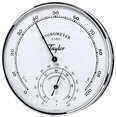
To know the degree of humidity to which the seeds will be stored, a device that measures the degree of environmental humidity, called a hygrometer, must be installed in the room.
Different types of hygrometers can be acquired. Some of them are digital and have very sophisticated functions. However, a simpler analog one can be used. These have the form of a clock and can measure at the same time the humidity and temperature, which are the two basic data that we will consider when storing the seeds.
Importance of dehumidifiers or humidifiers in seed conservation
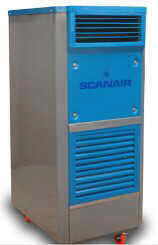
If the humidity of the room is very high and, at the same time, the temperature is also high, much of the germination capacity of the seeds can occur.
When high seed production is available or if an economic benefit of seed production is to be obtained, it will be convenient to install a dehumidifier. Dehumidifiers are devices that connected to the electric current are able to reduce the humidity.
The germinative capacity of the seed can also be altered by an environment that is too dry. In this case, we will have to install a humidifier, which is a device that raises the level of ambient humidity.
With regard to temperature, it is sufficient to install a simple heating or cooling method to increase or decrease it to the degrees that we consider appropriate.
* Related information:
– How to disinfect seeds before sowing
![]() More information on seeds
More information on seeds

